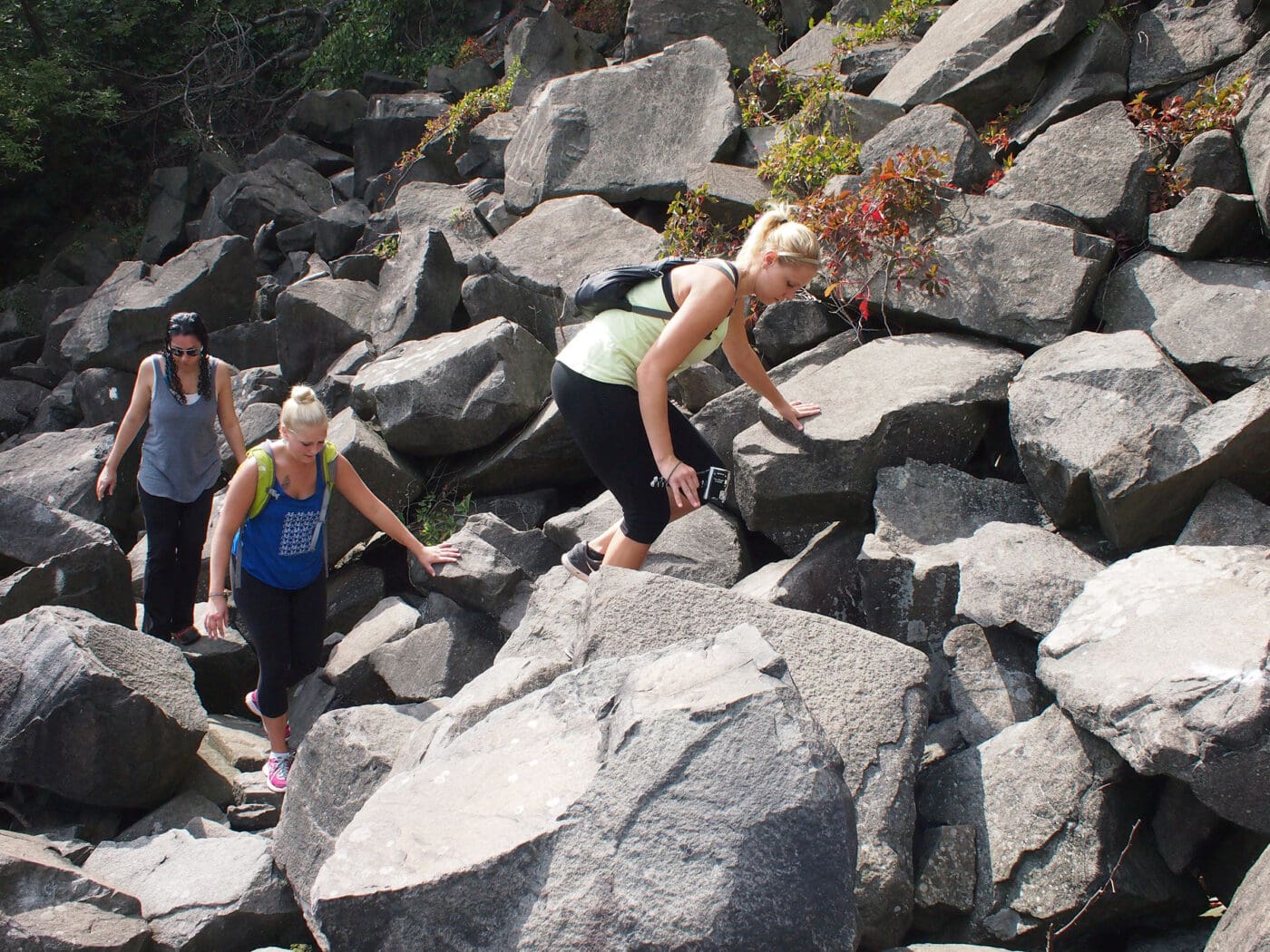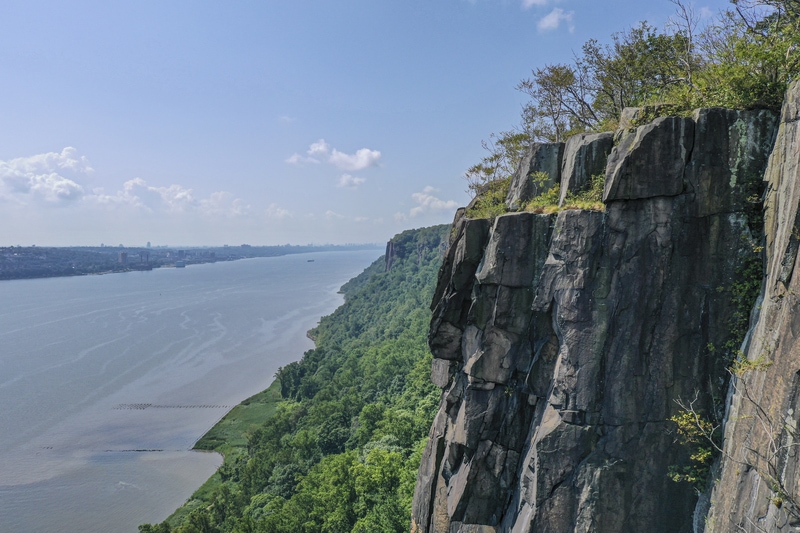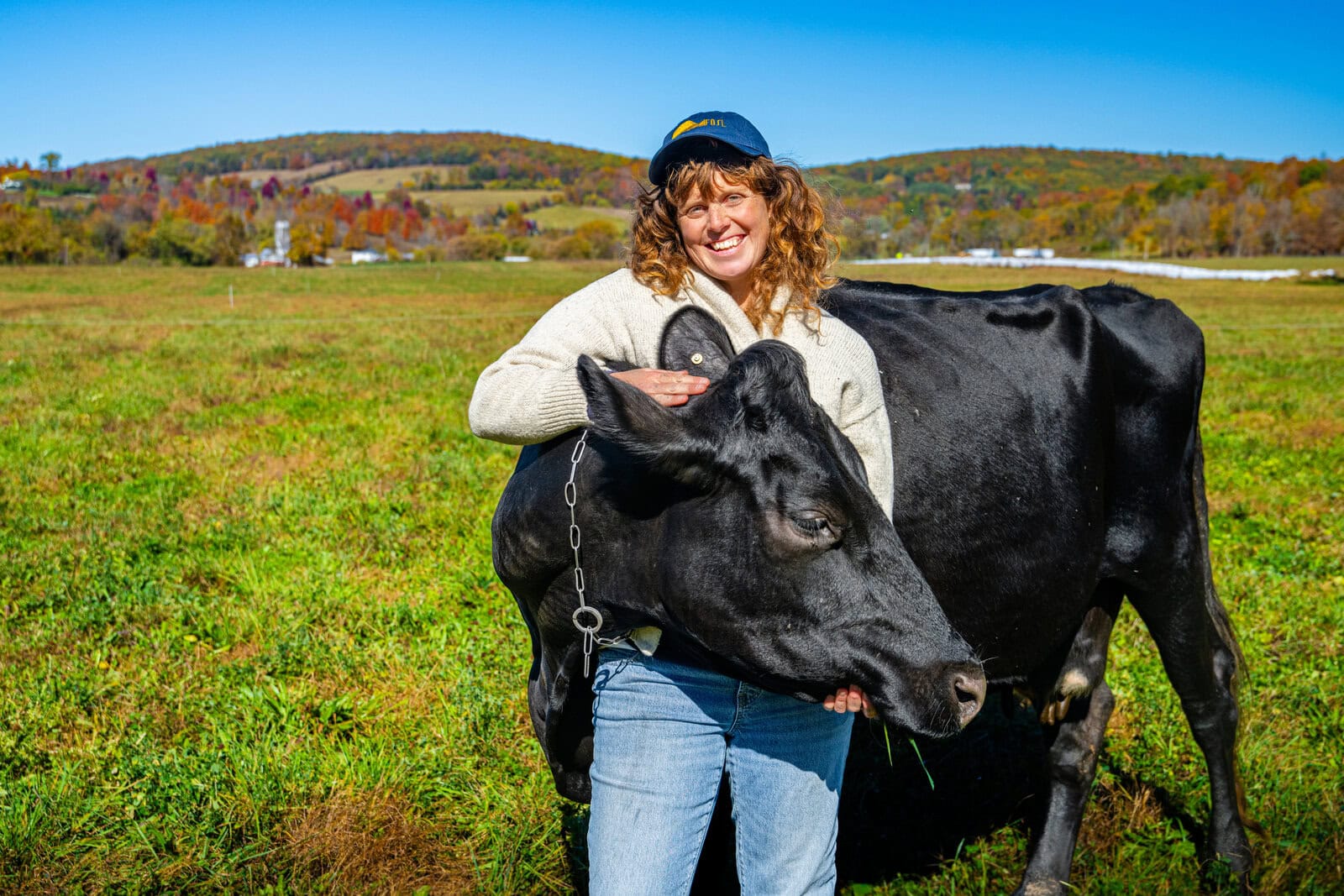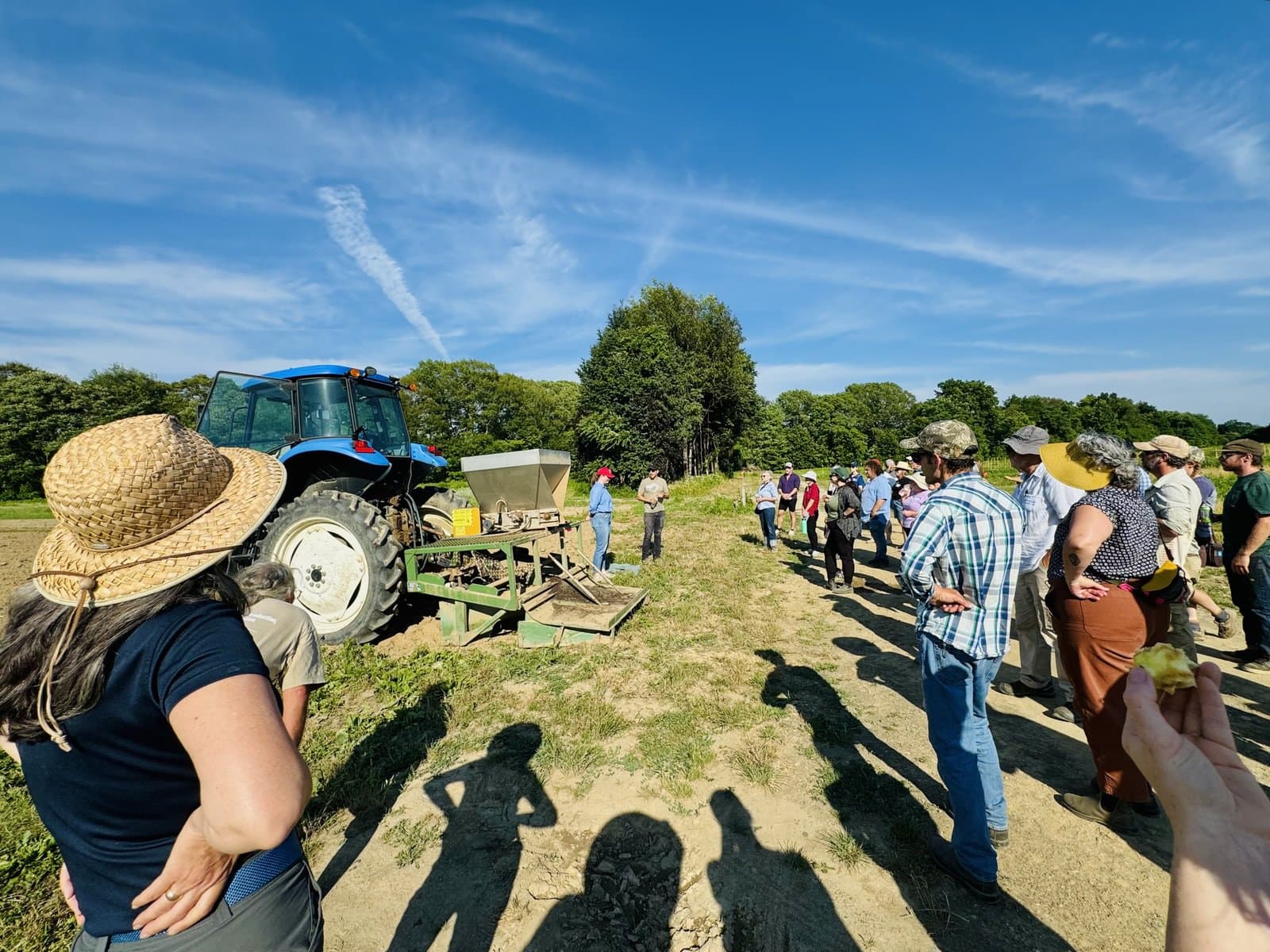The Palisades — without doubt the Hudson Valley’s most unique geological feature — weathered a lot, literally and figuratively, over the years until a group of women stepped forward to save them.
Though best known for the spectacular vertical walls between Haverstraw and the George Washington Bridge, the Palisades ridgeline actually extends all the way south to Staten Island, spanning in total around 40 miles. A natural barrier between the Hudson and Hackensack rivers, once thought to have been a single waterway, they began forming 200-250 million years ago, when the Earth’s land mass was concentrated in a single supercontinent known as Pangaea.
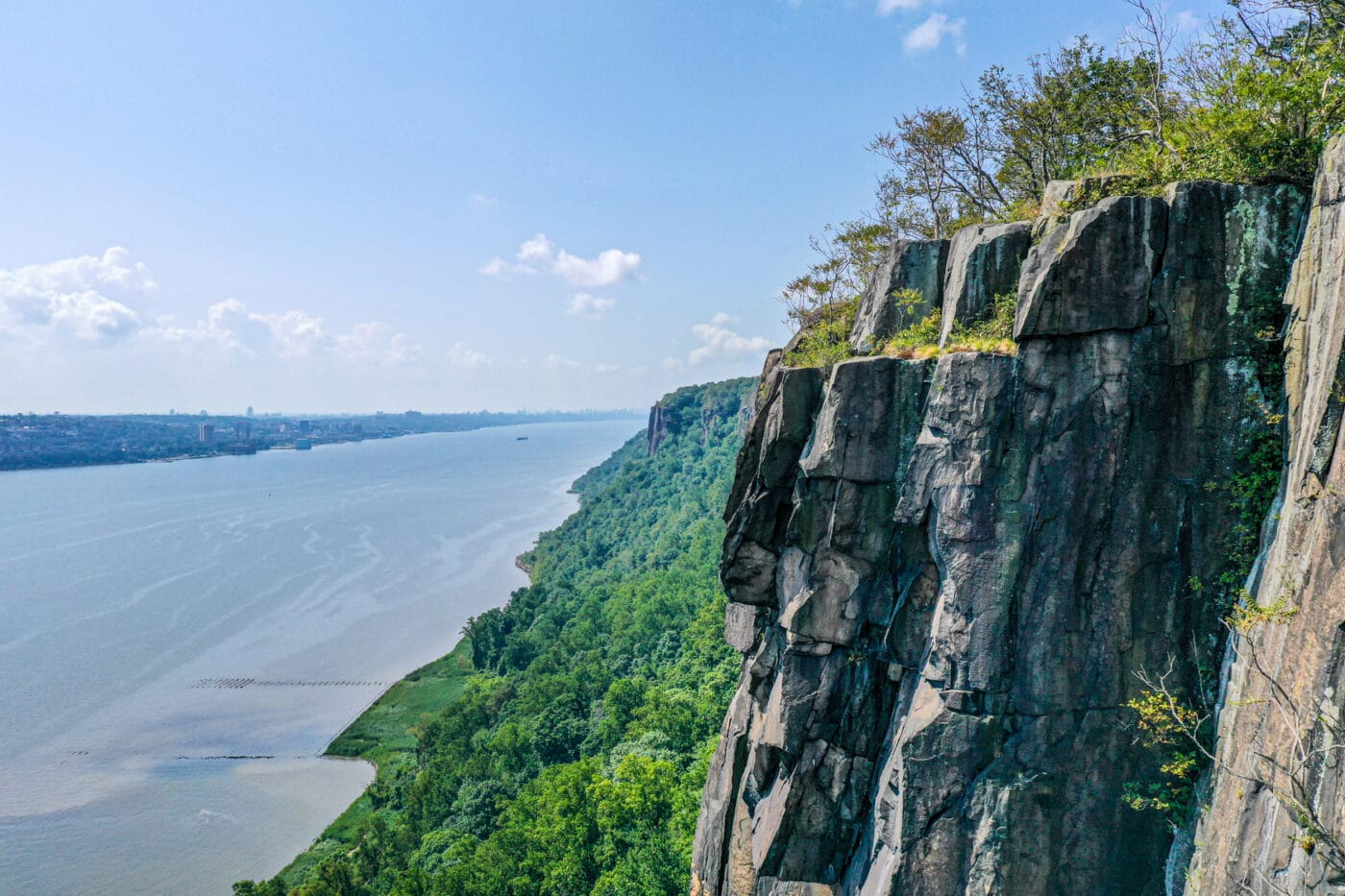
Even if people had been alive back then, they would not have witnessed the “birth” of the Palisades because it took place underground, as molten rock in the Earth’s core began shooting up (“intruding” in geological parlance) through breaks in the sandstone around it. Eventually, these vertical volcanic gushers solidified into a hard rock called diabase, similar to basalt. It took millions of years more for the sandstone around it to erode and allow this more durable rock to see the light of day.
Weather kept on doing its bit to shape the Palisades, as did glaciers and gravity. Fissures forming in the rock widened over time until chunks — sometimes a boulder or two, occasionally thousands of tons of diabase — separated from the cliff and hurtled toward the Hudson, in some cases causing earthquake-scale shock waves. The largest recorded rockslide in the Palisades Interstate Park occurred in 1938. It exposed a giant-sized shape of what looked to some like a man with a mustache (perhaps even one of history’s most evil leaders, a few insisted) on the cliff face. In any event, the alleged portrait was “erased” by another slide 9 years later.
The rocks that look like trees
The vertical, striated appearance of the Palisades inspired people to name them. To the Indigenous Lenape, they were “Wee-Awk-En,” the rocks that look like trees. (This name stuck in the New Jersey town where Aaron Burr and Alexander Hamilton fought their famous duel, which took place on a ledge of the Palisades.) When explorer Giovanni da Verrazano sailed past the ridge in 1524, he thought it resembled a “fence of stakes,” or in military parlance a stockade (or palisade) built for defensive purposes. That’s what it’s called on the first map of the New World, printed 17 years later.
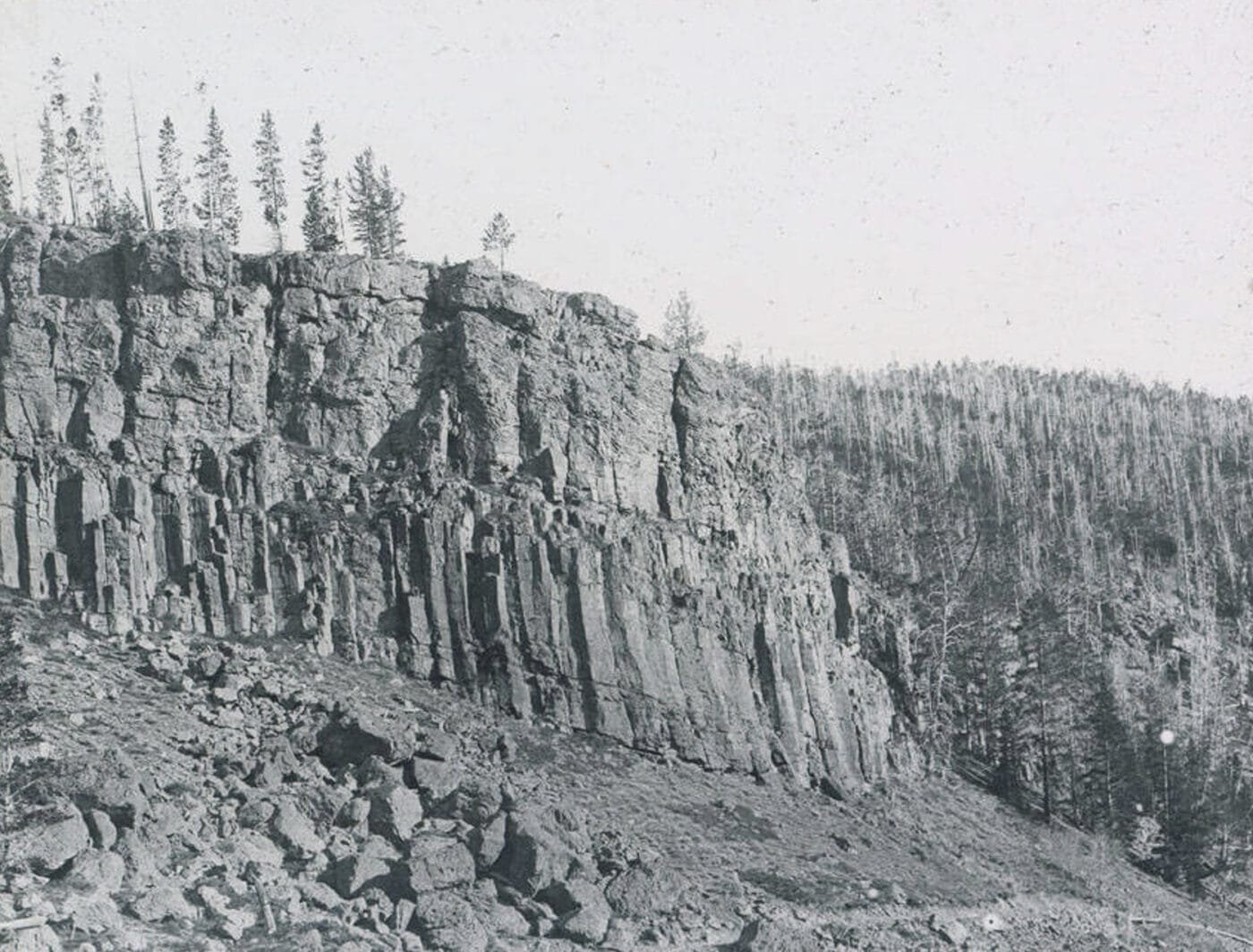
Indigenous people created trails through steep passes in the Palisades that later were widened into roads by European settlers. One of them furnished the route taken by the British during their 1776 pursuit of George Washington’s Continental Army during the American Revolution. For many of the redcoats, their trek up the Palisades provided their first contact with America’s wilderness.
For much of the 19th century, the stretch of Palisades in the Hudson Valley enjoyed a quiet existence, with small fishing villages and boat landings at their base the sole human intrusions. But by the 1870s, as steamboat travel on the river picked up, hucksters realized the ridge made a perfect billboard. As one writer back then complained, “The ice-worn bosses of gneiss which, rising out of the Hudson, would in themselves be such attractive objects in the landscape, are rendered hideous by being the groundwork on which some kind of tobacco, or tooth wash, or stove polish, is recommended to the notice of the multitude.”
Conserving a “glorious heritage“
That was bad, but then the Palisades suffered an even worse fate: quarrying on an industrial scale. The ridge had long provided rock for construction, obtained from the boulders (known as talus) that had broken off the ridge. In the 1890s, quarry operations started creating their own talus by using dynamite. When crushed, the stone met the need for new docks, roads, and beds for the nation’s growing railroad network.
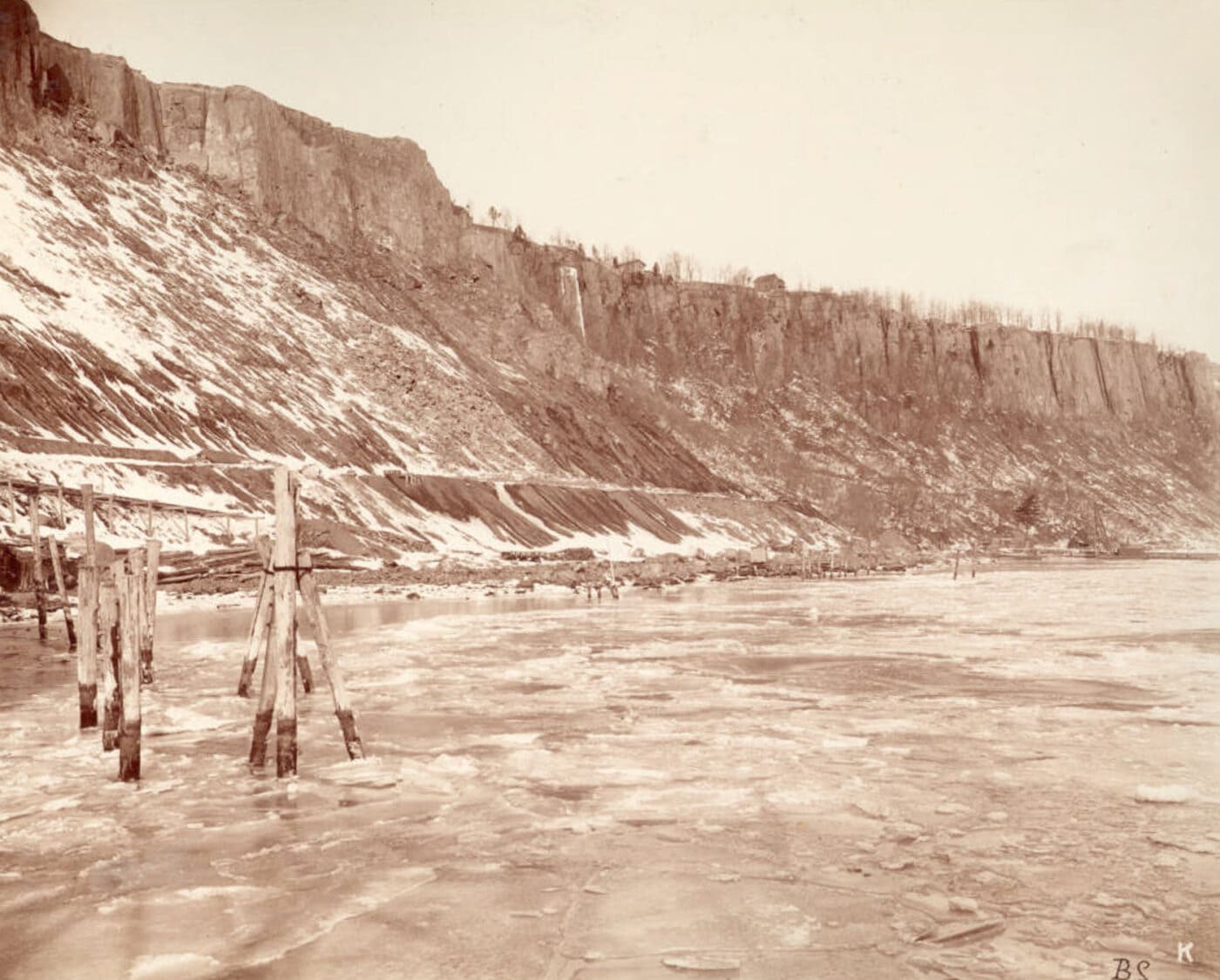
To a thunderous roar, the Palisades vanished day by day — until the New Jersey State Federation of Women’s Clubs, a volunteer service organization, came to their rescue. “The glorious heritage of the people of the State is being trampled under the foot of man and beasts in the streets of Gotham. Will the State Federation realize its power for good in this matter?” read a resolution presented by several members to the group at large. The answer was a resounding yes.
The federation’s strong advocacy, combined with financial aid from J.P. Morgan, John D. Rockefeller and others, led to the end of quarrying and the establishment in 1909 of the Palisades Interstate Park Commission. This extraordinary collaboration between New York and New Jersey resulted in the protection of a 12-mile-long stretch of the ridge, including the riverfront, the cliffs, and the land atop them. (In 2015, the federation joined Scenic Hudson and other partners in our successful campaign to reduce the height of LG’s corporate headquarters, which would have stood above the Palisades’ tree line and blighted iconic views.)
Amazingly, in the decade after the Palisades’ protection, a portion of the ridge around Fort Lee, N.J., became America’s filmmaking capital for a brief time. The silent movies shot there usually ended with a dramatic and unresolved finish that would entice viewers to return for the next installment. Some historians credit the name of this cinematic technique — the cliffhanger — to the films’ ridge-top setting.
Some of the Palisades were lost to industry. Thankfully, a good deal of nature’s creation remains.
Today, visitors to the Palisades can have their own hair-raising adventure by scrambling through the talus field known as the Giant Stairs. Or they can experience the ridge’s grandeur in less-taxing fashion by walking, running or biking along the 5-mile Nyack-Haverstraw River Trails, or enjoying views from the summit of Rockland County’s High Tor, at 832 feet the Palisades’ highest point.
Whatever your pleasure, don’t forget to express a silent debt of gratitude to the women whose determined advocacy made all this fun possible. They preserved not only a significant site of human history, but also a natural wonder created 200 million years ago.
